Six Senses Rome
Roma Caput Mundi
The quintessential essence of Italian genius: with its cultural influence and historical legacy, Rome is “The Eternal City” par excellence. Its magnificent landmarks, priceless views, and glorious works of art make it a not-to-be-missed destination on the top of every traveler's bucket list. We hope the following experiences and must-see attractions add to your Rome visit.

Tour of the Senses
Step off the beaten path and uncover the authentic rhythms of Rome on a flavorful walking tour that stimulates all the senses.
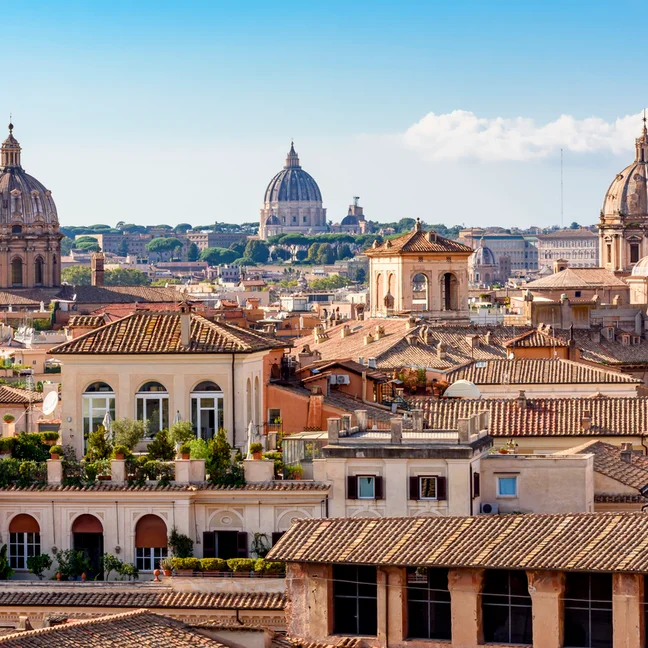
Eat Like A Roman
Savor a multi-course private Roman Palazzo dining experience perched on a rooftop with panoramic city views unfolding all around.
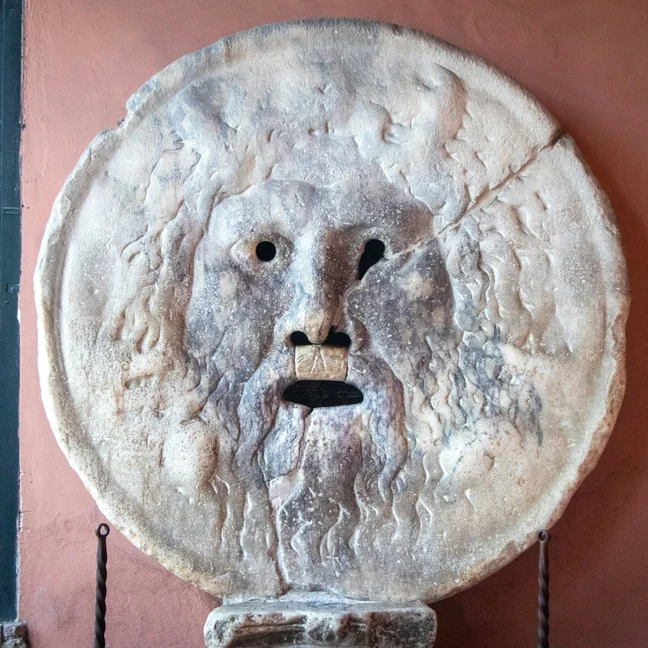
A Private Encounter at Bocca Della Verità
Dare to put the legend of the Bocca della Verità to the test during this private church experience. Fear not, truthtellers will always be safe!
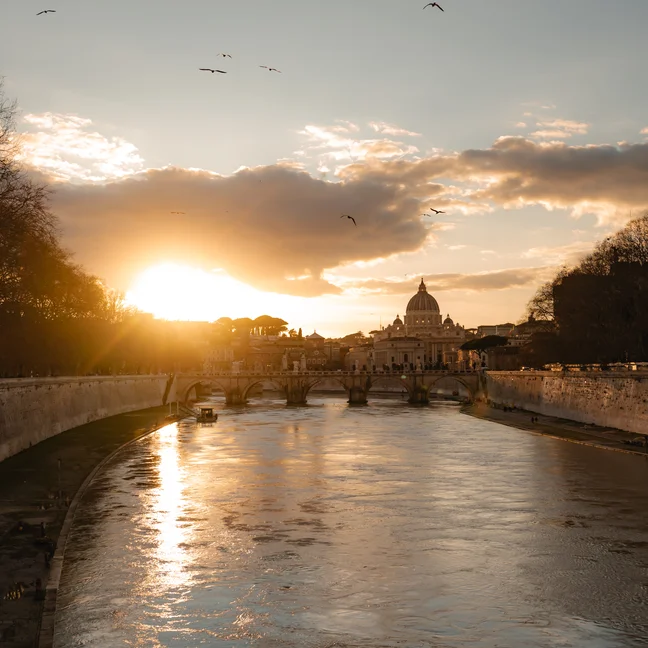
River Guardians
Glide along the Tiber River on this unique rowing experience that combines nature, beauty, and meaningful action.
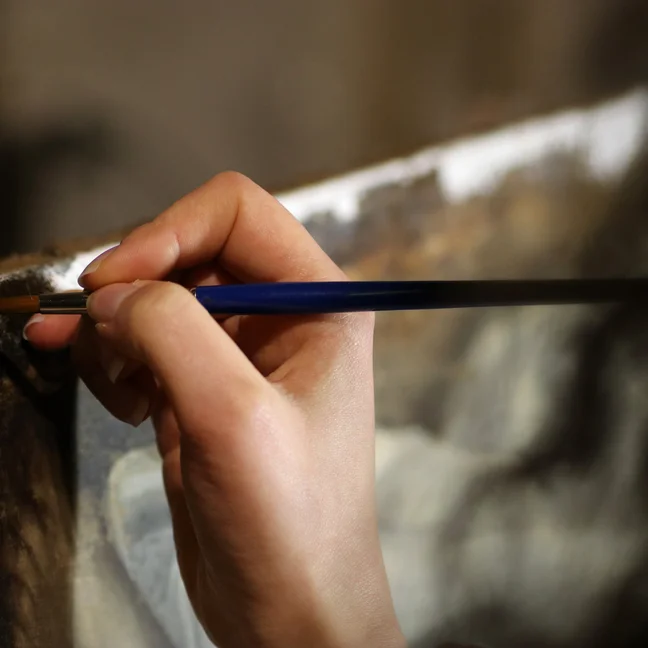
Caravaggio’s Footsteps: Following the Master’s Trail
Follow in the master's footsteps on this fascinating deep dive into Caravaggio's techniques, secrets, and stories.
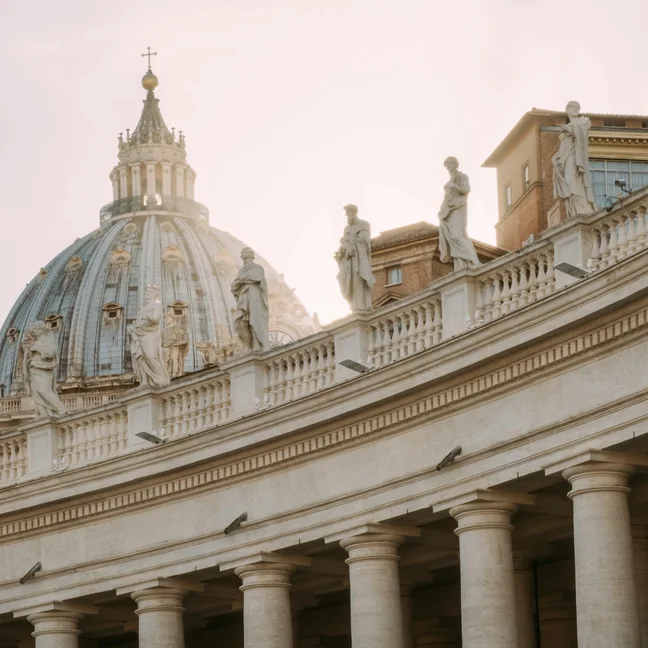
Vatican Secrets at Dawn or Dusk
Experience an awe-inspiring encounter with history in the Vatican either as an exclusive out-of-hours tour or by exploring on your own time during the day.
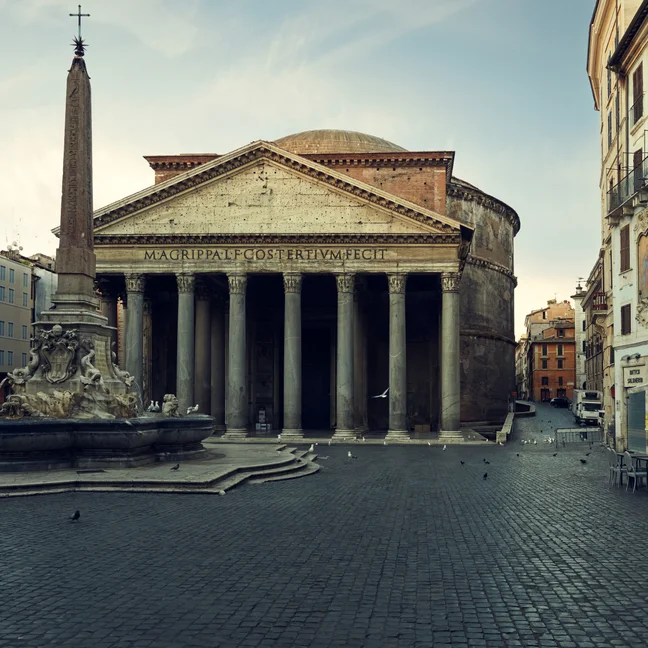
Hidden Stories of Rome
Discover the wonders of Rome, where famous landmarks and hidden gems reveal a city filled with history and alive with stories.

Little Masters in the Making
A fun and creative hands-on experience for children to create their own fesco masterpiece, inspired by Michelangelo's Sistine Chapel.
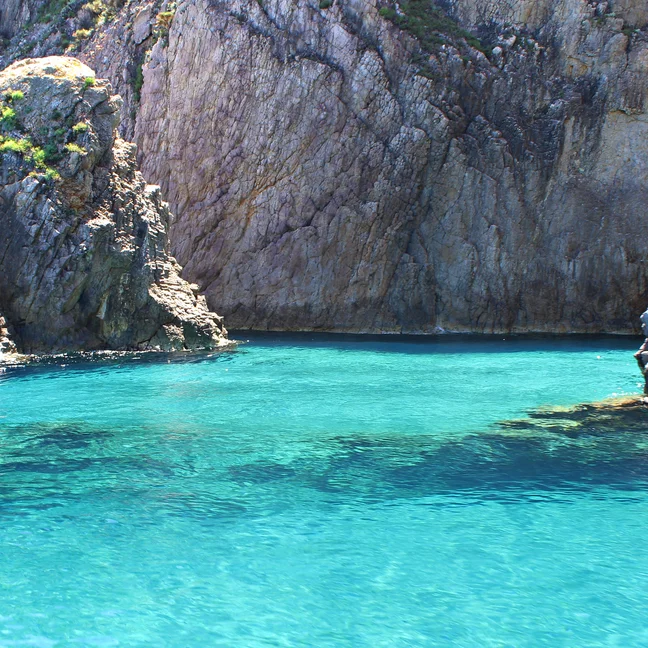
Beyond Rome: A Journey to Ponza
Explore Ponza Island's rugged charm and clear waters from a traditional gozzo boat captained by an experienced skipper.
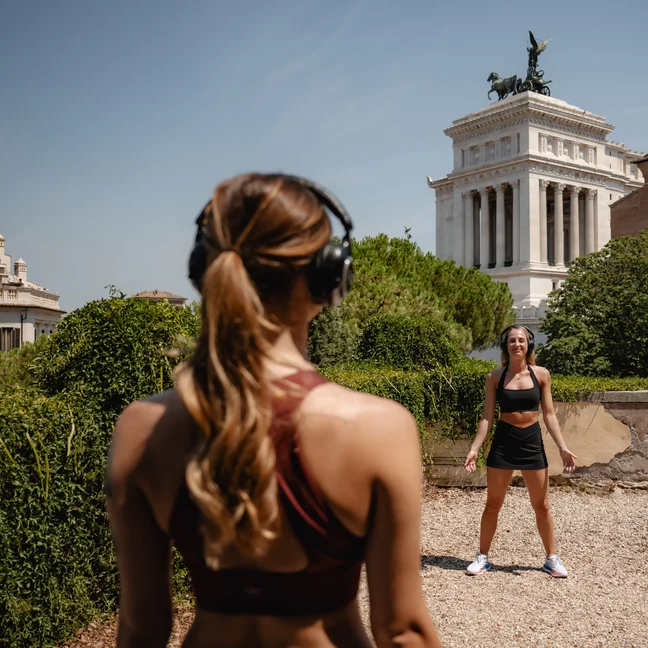
Run Through History
Move at your own rhythm through the Eternal City on a running route that reveals the hidden corners and secret gems of Rome.

Art Therapy: Healing Through Color
Tap into your inner artist with a class that combines mindfulness with creativity for personal reflection and healing.

Mastering the Italian Table: Cooking Class
Don your apron for a hands-on cooking class, where traditional recipes and modern techniques fuse for a flavorful experience.